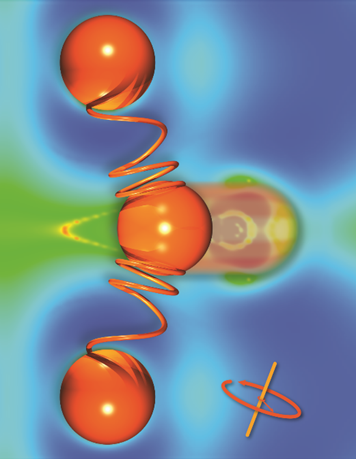
Researchers at OSU's Center for Emergent Materials have discovered that in semiconductors, specifically Indium Antimonide (InSb), heat can be controlled magnetically, given a sufficiently large magnetic field.
The experiment was carried out in the Heremans group, using a large, 30 x 6 x 4 mm single crystal of InSb, with less than 2x1015 cm-3 electrons. The thermal conductivity of this crystal was dominated by phonons. The sample was cut into two pieces, one was dimensioned to 30 x 0.5 x 4 mm, so that, below 6 K, the phonon mean free path is limited by the 0.5 mm width of the device. The other was dimensioned to be 30 x 4 x 4 mm, with the lattice thermal conductivity below 6 K dominated by phonon-phonon interactions. Using the small arm as a reference in the measurements, the researchers demonstrated that the large arm’s scattering rate is sensitive to magnetic fields. They then track that to the magnetic field sensitivity of the Grueneisen parameter, which was calculated ab initio by the Windl group. The agreement between the experiment and the theory was excellent, in the absence of any adjustable parameter in the simulation.